Driven Hunt
Getting ready for the driven hunt season
A driven hunt is quite different to all other hunting styles we use throughout the year. Usually it requires even better shooting skills and adequate equipment. And it is a given – an unprepared hunter will pay a high price at the first opportunity that presents itself.
For many hunters, the driven hunt season is probably the most exciting time in the calendar. It certainly is for me. Hunters in Poland are truly blessed with the year being long and rich.
It starts in April with protecting the crops against the wild boar’s appetite, stalking the elegant roebuck in the green grass and calling them in the mating season in July. August brings waterfowl and the suspense of waiting for the boar on stubble. From my perspective it pleasant and exciting, but more or less recreational.
September brings a real change. It starts with the red deer rut. Usually it means little sleep, many outings, and a lot of tracking jobs for the dogs, as the stags are tough and often make the retrieval quite a challenge. But then October comes with the driven hunt fever that lasts until mid-January.
On average I hunt more than once a week and I sometimes work with groups of incoming hunters for 2 or 3 days straight. These hunts are very different to the usual stalk or keeping a watch from the high seat. Therefore, they usually require also different equipment and set of skills. An ill-unprepared hunter will pay a high price on the first occasion. And believe me – the best time to get ready for the new driven hunt season is… when the last one has just ended.
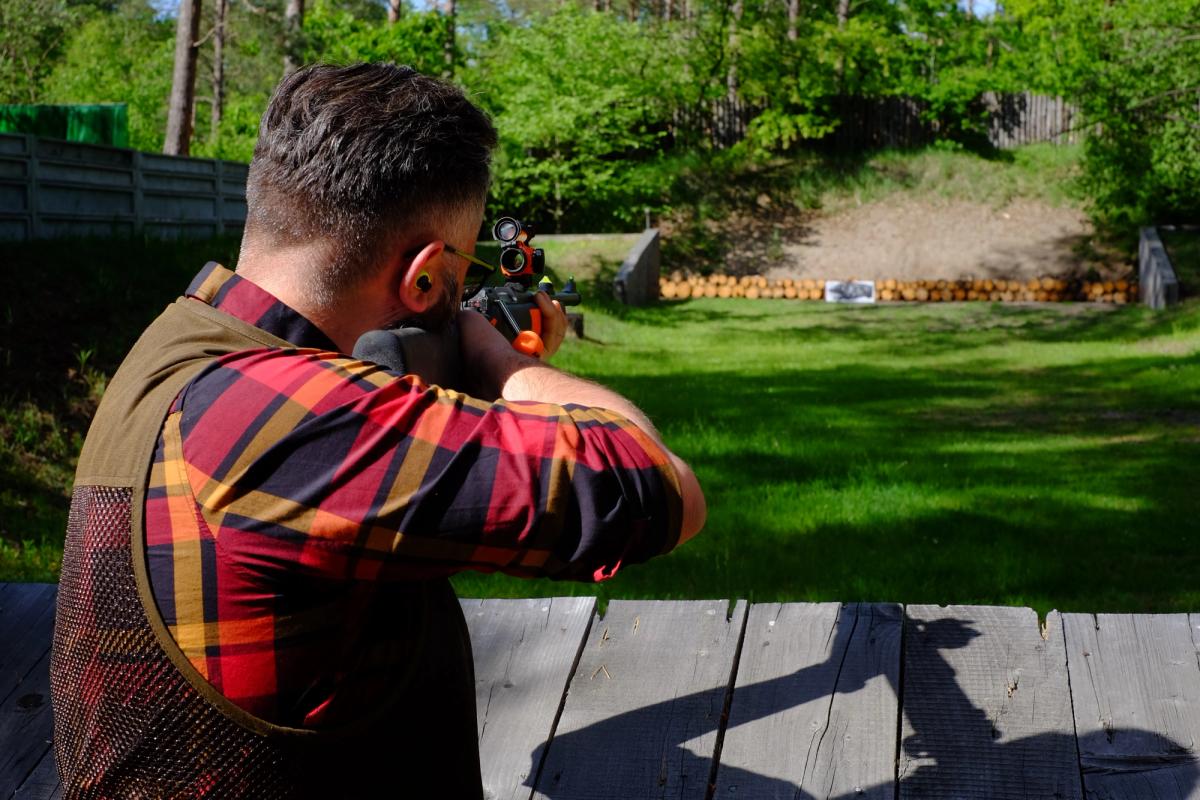
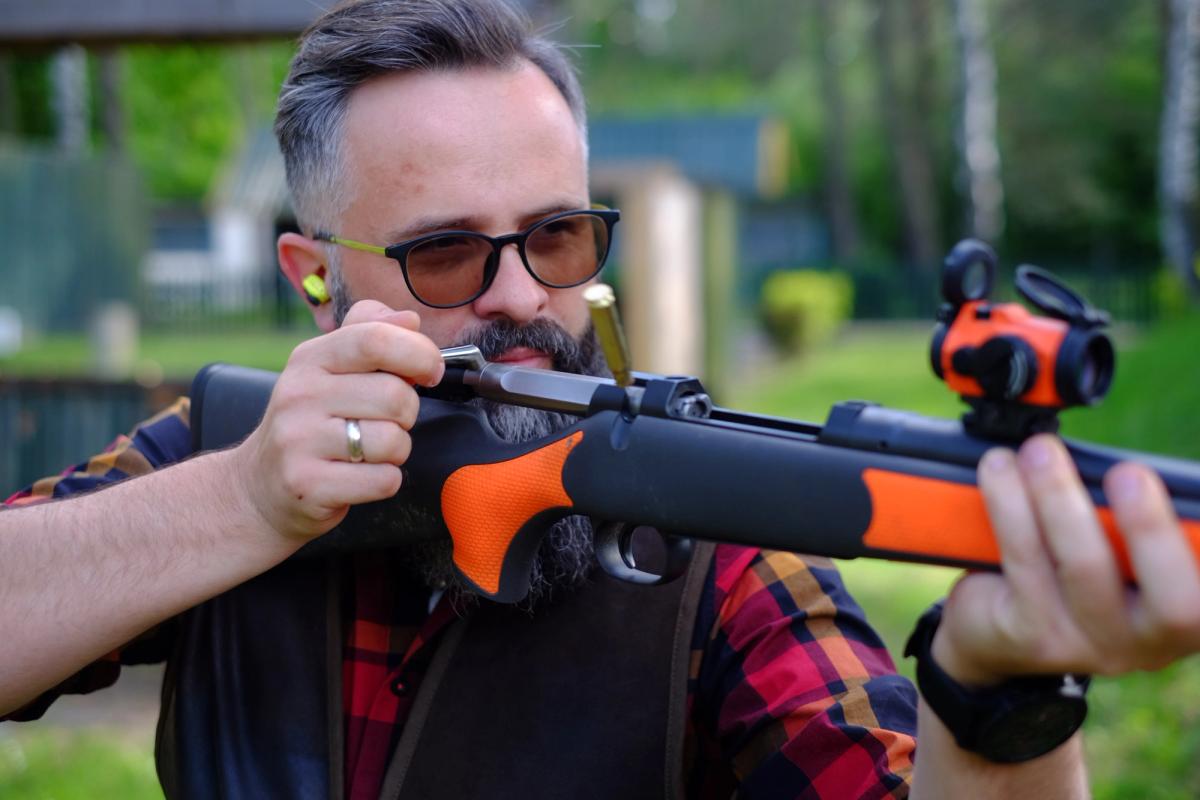
“Being able to hit a running boar in excitement is not a skill that comes by itself."
//WHEN THE SEASON ENDS//
During a long season, your gun will get exposed to various weather conditions and frequent transfers from the car or a trailer to the stand. And hopefully it will shoot many rounds. Obviously, a thoughtful owner will maintain the tool he depends on regularly, but nevertheless a careful final inspection is more than recommended. Here is a short to-do list:
- Clean your gun – clean the barrel from powder residues and copper fouling. A dirty and rusty barrel will fail, plain and simple. Use a good rod, brushes, cotton patches, a carbon remover, and a copper solvent.
- Examine the stock, pay attention to scratches or possible cracks.
- Rub some good stock oil on the wood, do not let it dry out. It will not only look nicer; it will also preserve all its properties.
- If the barrel is free floating (there is a gap between the barrel and the stock) – pass a sheet of paper through the slit to make sure there is no dirt inside.
- Make sure there are no lose screws, especially on those attaching the action to the stock and on the riflescope mount.
- Clean the optics with dedicated instruments (brushes, blowing bottle, microfiber cloth and lens liquid)
Any hunter should be able to do all the things listed above by himself. But it is always a good idea (especially on semi-automatics and double rifles) to hand in the gun to a gunsmith for an inspection and a general maintenance. Servicing a gun on a regular basis is a good habit, even if the rifle is a pure work horse and not a fancy custom beauty.
As mentioned earlier, a driven hunt requires appropriate equipment. I will get into more details later. For now, just let me just state that many of the guns that are bought will not see much use (if any) for several months. That makes rust prevention even more important than usually. Even a slight touch of a sweaty hand on steel might cause a nasty red mark the next time you see the gun.
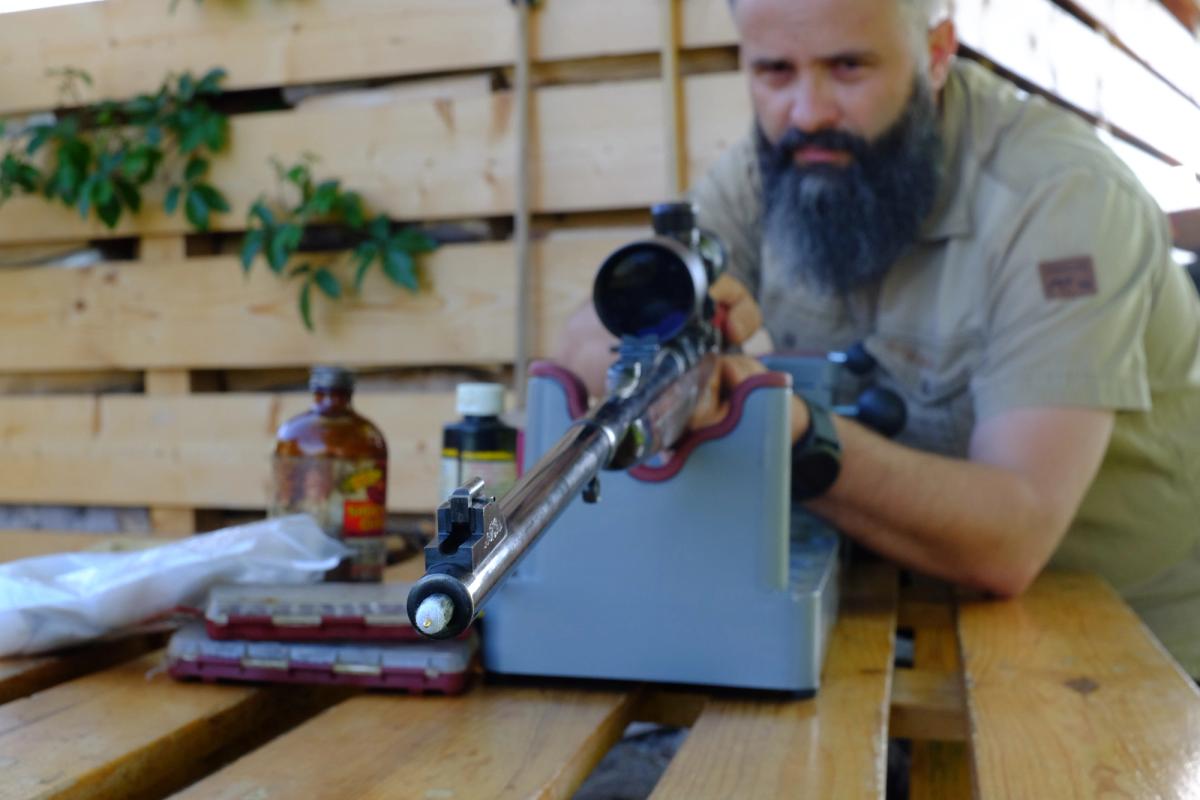
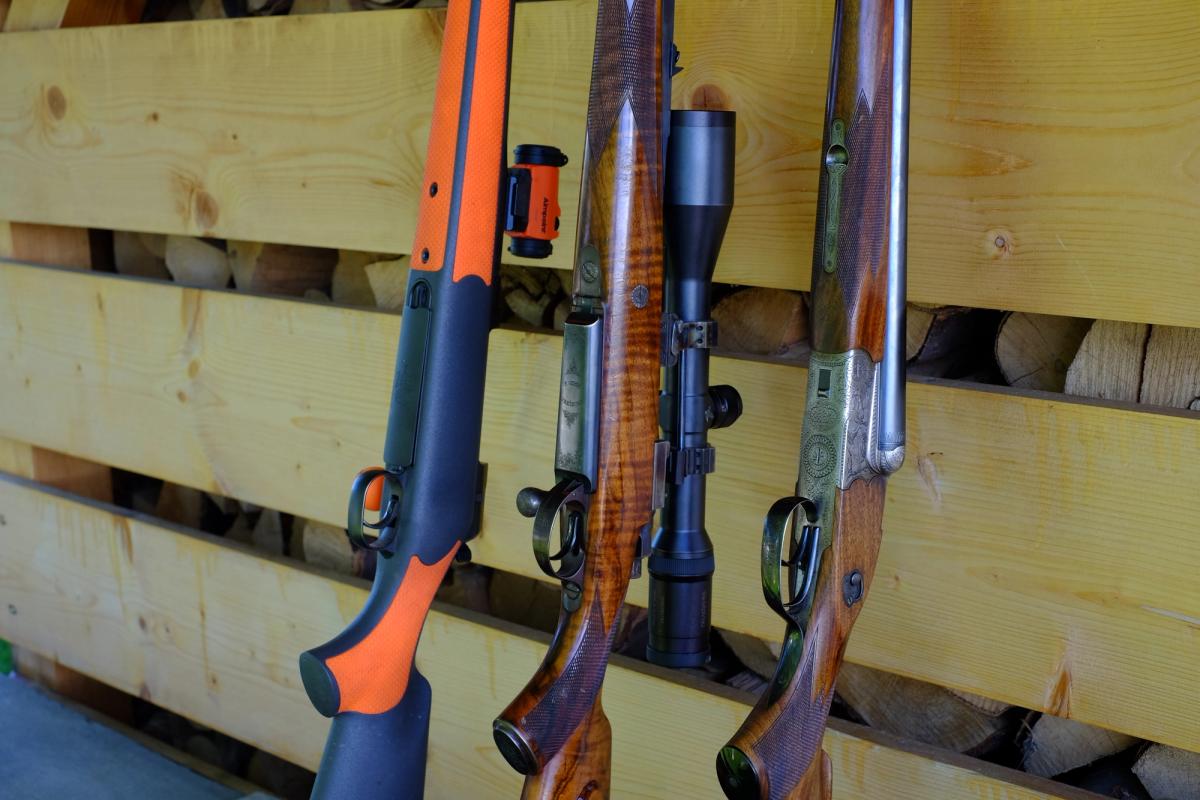
//CHOOSE THE RIGHT SETUP//
A careful application of a protective film (personally I like the new ceramic lubricants or Teflon based products) will prevent that. Also, I will put a drop of gun oil on the last patch passing through the barrel when I finish the cleaning for the same reason. And lastly: do not forget to detach the sling – I have seen guns flying out of the safe, because the belt caught on a bolt handle. Trust me, you do not want to experience that yourself.
A couple of weeks before the season starts
Usually a few weeks before the new season starts is a good time to check the schedule. What are the dates of your upcoming hunting events? What is the characteristic of the hunts? A lot of these information might help you choose the right setup – gun, ammo, optics. For me, it is usually one of three scenarios:
- A typical driven hunt, with rather short shot distances, beaters with dogs, and fast-moving game. As a blood tracker, it is my duty to help with finding wounded animals after the hunt. I always choose my work horse for that. That is a so-called trail or tracking gun – with a short 8x57JS barrel, synthetic stock, and a red dot sight. I have no problem shooting with it up to 100-120m, but its virtues show when a large (unlimited) field of view is required in a close-up situation or when I need to fire a fast, instinctive shot in a close-up situation. I would say – that is my setup for 80-90% of the season.
- Sometimes the game plan is different – there are only two or three long drives the whole day. The beaters are spread out on a larger area and move without making excessive noise. The game is not pushed too hard and moves much slower, often stopping to read the situation. The hunters are often placed on high seats and are allowed to shoot at longer distances. If I am not working that day, I usually take my custom rifle in 300H&H with a telescopic sight. It is more precise beyond 100 meters and it gives me a great joy to hunt with it.
- Obviously, the wild boar and deer are the main target during the driven hunt. But on some occasions, the menu also includes small game such as hares and pheasants. That is when my old drilling comes into action. With the 8x57JRS, perfectly suited for the larger game, in the lower barel and two additional shot cartridges in the upper barrels it is really something different. I use a low magnification scope or go with iron sights only.
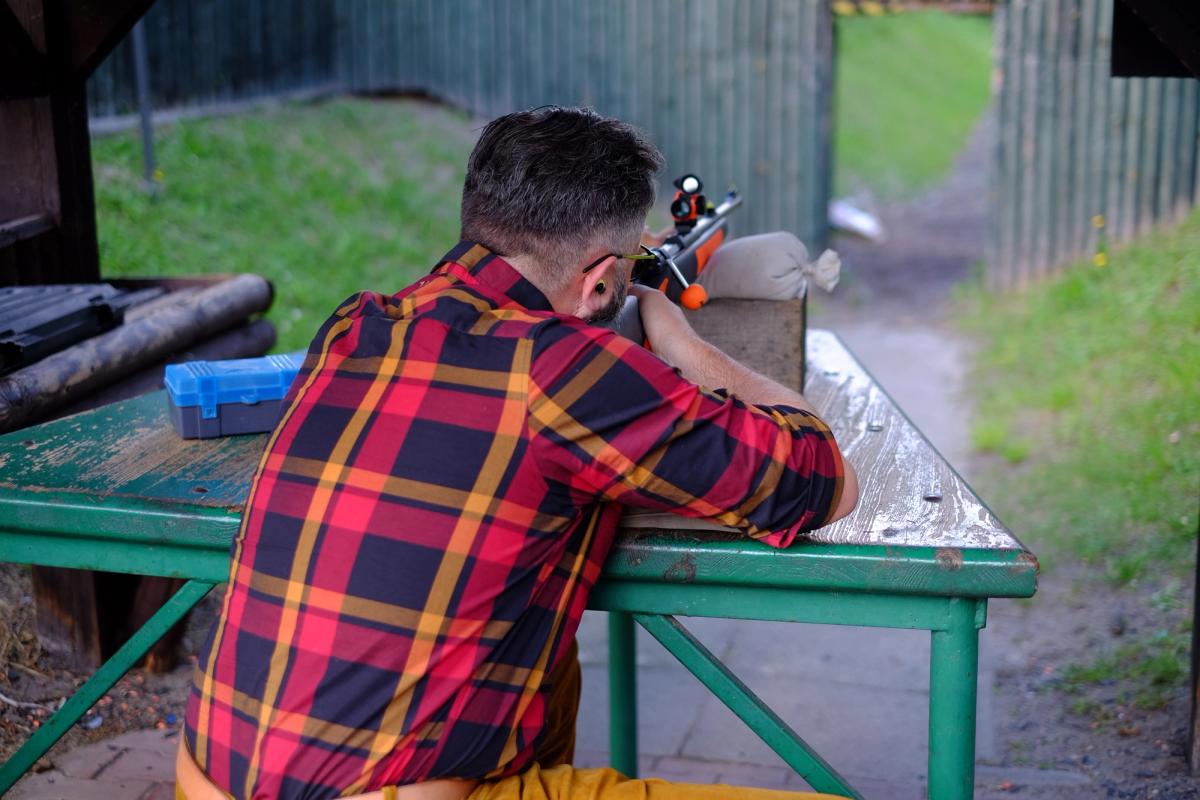


That is my setup, but every hunter has his own preferences and different equipment. What is important is to get it ready before the day of the hunt comes. That involves removing any oil residues from the barrel and zeroing the sights with the ammo intended for use at the shooting range. A rifle that has been set during a warm summer may shoot differently in winter. The point of impact often changes when the temperature rises or drops.
The weather is also a key factor during the season for other, more obvious reasons. Unlike on those occasions when you hunt by yourself and can take a walk when you get cold or wet or basically go home, when you have had enough – that is not the case on a driven hunt. You need to stay at your stand until the drive ends. That requires good clothes.
What I noticed over the years is that for some reasons the pants that I recall being absolutely perfect last season somehow tend to shrink over the summer, if you know what I mean. And it is always fun to add a new suit, a hat or cardigan occasionally. But I really like to update my wardrobe without the time pressure.
The day before the hunt
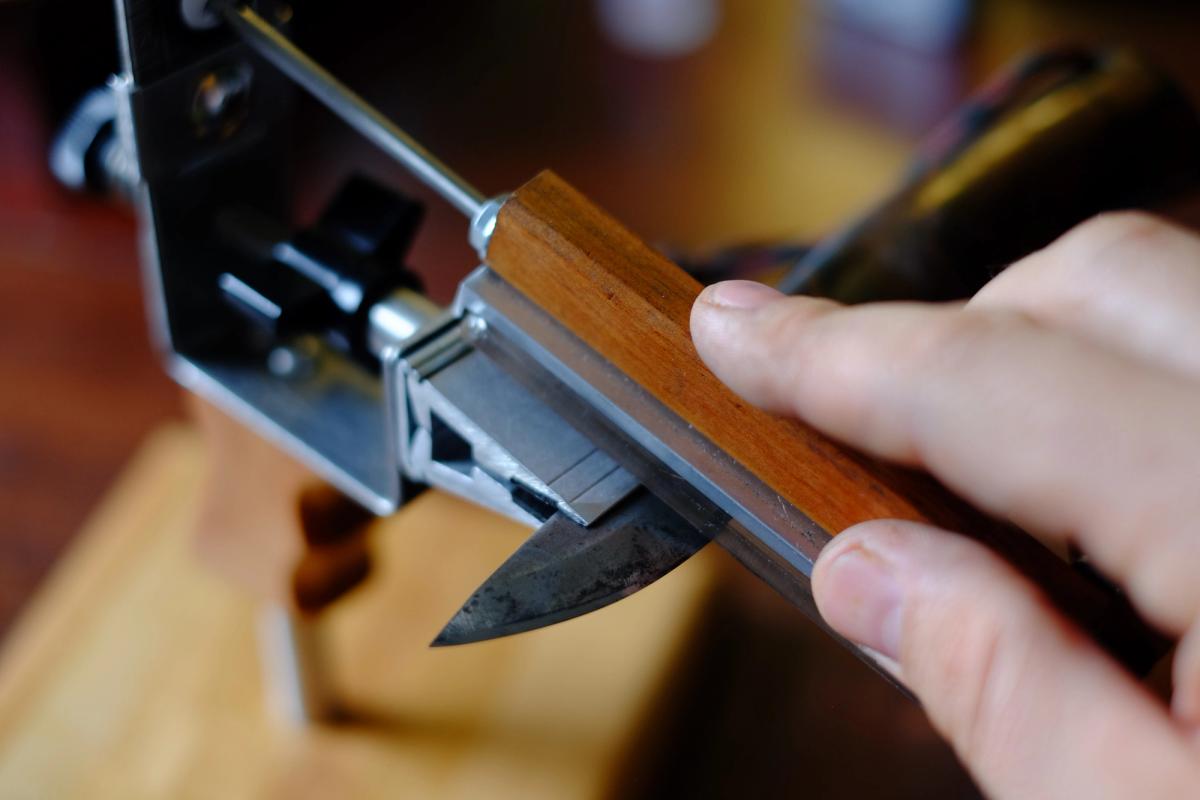
- Choose your clothes – you already know what kind of weather to expect.
- Put the gun in the case. Do not forget to take sufficient ammo. Better carry than worry, especially when the hunt is stationary.
- Sharpen your knife – a blunt blade is the best example that not maintaining tools properly quickly renders them useless. For me, there is nothing as irritating as a knife that will not cut. I usually carry two: one for the gutting and a second one (usually smaller) for food preparation. Of course, usually the meal is organized for the whole group, but I still like to have something on me to cut a sandwich, sharpen a stick or simply have a backup blade if something happens.
- Have all necessary papers in the pocket.
- Charge the batteries for your GPS/radio device.
- Last but not least, the small things that add some flavor to the long wait on the stand: a thermos with hot tea or coffee and (if that is your thing – it is certainly for me) – a pipe with a good tobacco.
Throughout the break
There is no rifle action or a caliber or a bullet construction that will make up for a lousy shooter.
Hone your shooting skills over the summer. Practice mounting the gun to your shoulder, visit the range, and train shooting on a moving target.

Being able to hit a running boar in excitement is not a skill that comes by itself. And most certainly is not something one can master on a single occasion shortly before the season. If you are blessed with a shooting cinema in your area – by all means use that opportunity! It gives a unique chance not only to aim for a target moving at different speeds on various distances, but also helps mastering decision making, finding gaps between obstacles on a certain location, picking the right animal from a group or to refrain from shooting at all.
Hours spent at the range teach also good habits related to safety and right gun handling in general. From the blood tracker perspective, it also brings one more benefit – a trained shooter will obviously fire a poor shot occasionally but will be able to tell what he did. And that is a very valuable information.
And then, finally – when everything is prepared and ready, good luck or as we say in Poland: Darz Bór!
//Written in coporation with Lukasz Dzierzanowski, who is an author, hunter, blood tracker and gun enthusiast from Poland. When not hunting, he teaches Computer Engineering at a technical university in his hometown of Opole.//